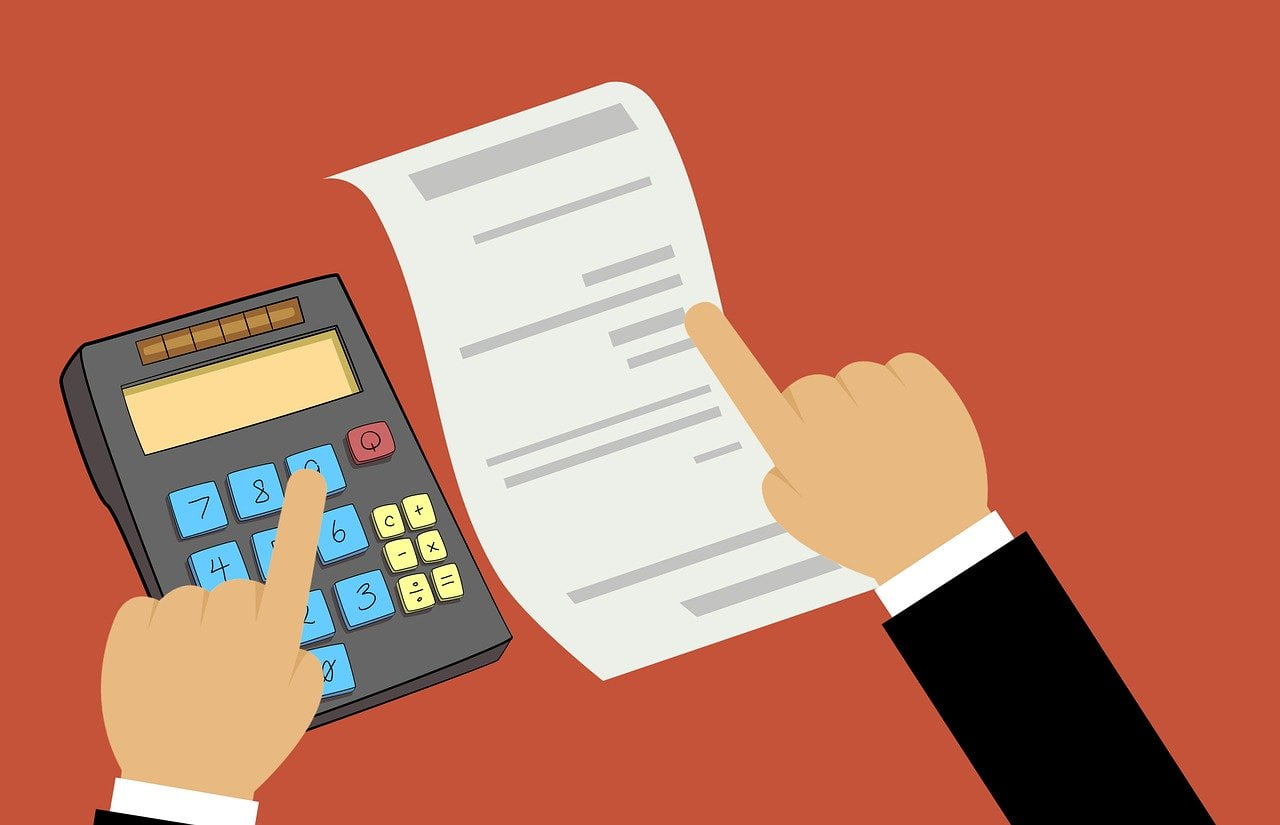As the new year gets underway, it’s the perfect time to start preparing everything you’ll need for when tax time rolls around. It’s never advisable to wait until the last minute to get everything together, whether you’re working with an accountant or not. Here are some tax tips to help small business owners prepare.
Q3 2020 hedge fund letters, conferences and more
Tax Tips For Small Businesses: Make That Final Estimated Tax Payment
The estimated tax payment for the fourth quarter is due by January 15, so the deadline on this tip is approaching fast. Take the time to go through the payments you have already made and re-estimate your taxes. This will enable you to make sure that you've paid enough tax to avoid penalties and having to make a surprise payment in April.
If your income changes a lot every year, make an appointment with your accountant to get some help estimating your tax payments for 2020. You'll need to have all of your income and expense reports together before you meet with them so they can accurately estimate how much tax you'll have to pay for 2020.
Reconsider The COVID Payroll Tax Deferment
The CARES Act allowed business owners to defer payments on their share of this year's payroll taxes. If you took advantage of that provision, you would still need to pay at least half the deferred amount by December 31, 2021, with the other half due by the end of 2022.
The problem with deferring payroll tax payments is that it means you can't deduct them as an expense until they are actually paid. It won't be a concern for some business owners, but it's a good idea to talk to your accountant about the implications before it comes time to file your taxes.
Don't Forget About Your Home Office
Before the COVID-19 pandemic struck, the Small Business Administration said approximately half of U.S. companies were home-based businesses. During the pandemic, even more people worked from home, so the number of people who are eligible to take the home office deduction in 2020 has probably increased.
You can calculate the home office deduction using one of two methods. The simplified calculation method allows taxpayers to deduce $5 per square foot of the home used as an office, up to $1,500. The standard method requires you to figure out the expenses related to the part of the house used as an office, usually based on a percentage of things like the electricity bill.
To qualify for the home office deduction, you must have a portion of your home set aside exclusively for business purposes. You can't claim the deduction if you also use the space for other purposes.
In addition to the home office deduction, you can also write off any purchases made to equip the office. Many people made purchases to outfit their space this year because they worked from home for the first time. Some examples of items that could be deductible are further like a desk, printers, computers, office supplies and software.






